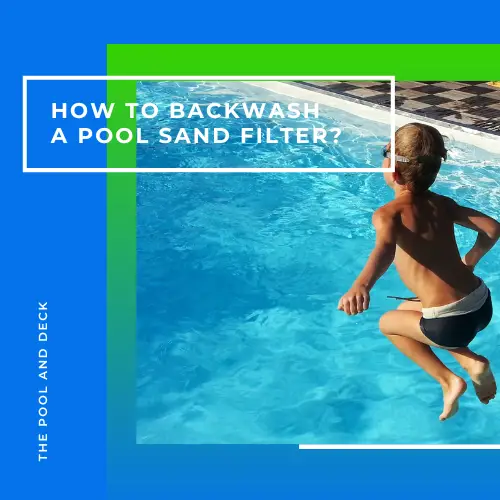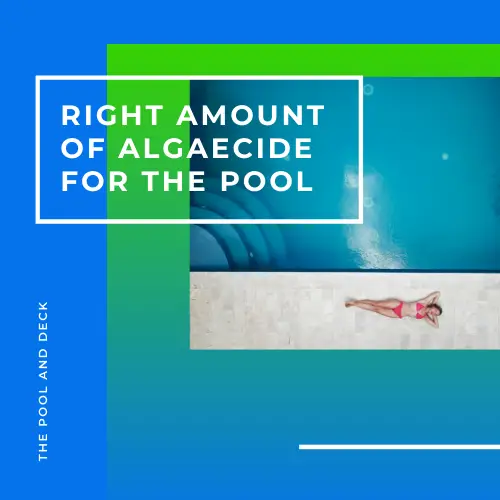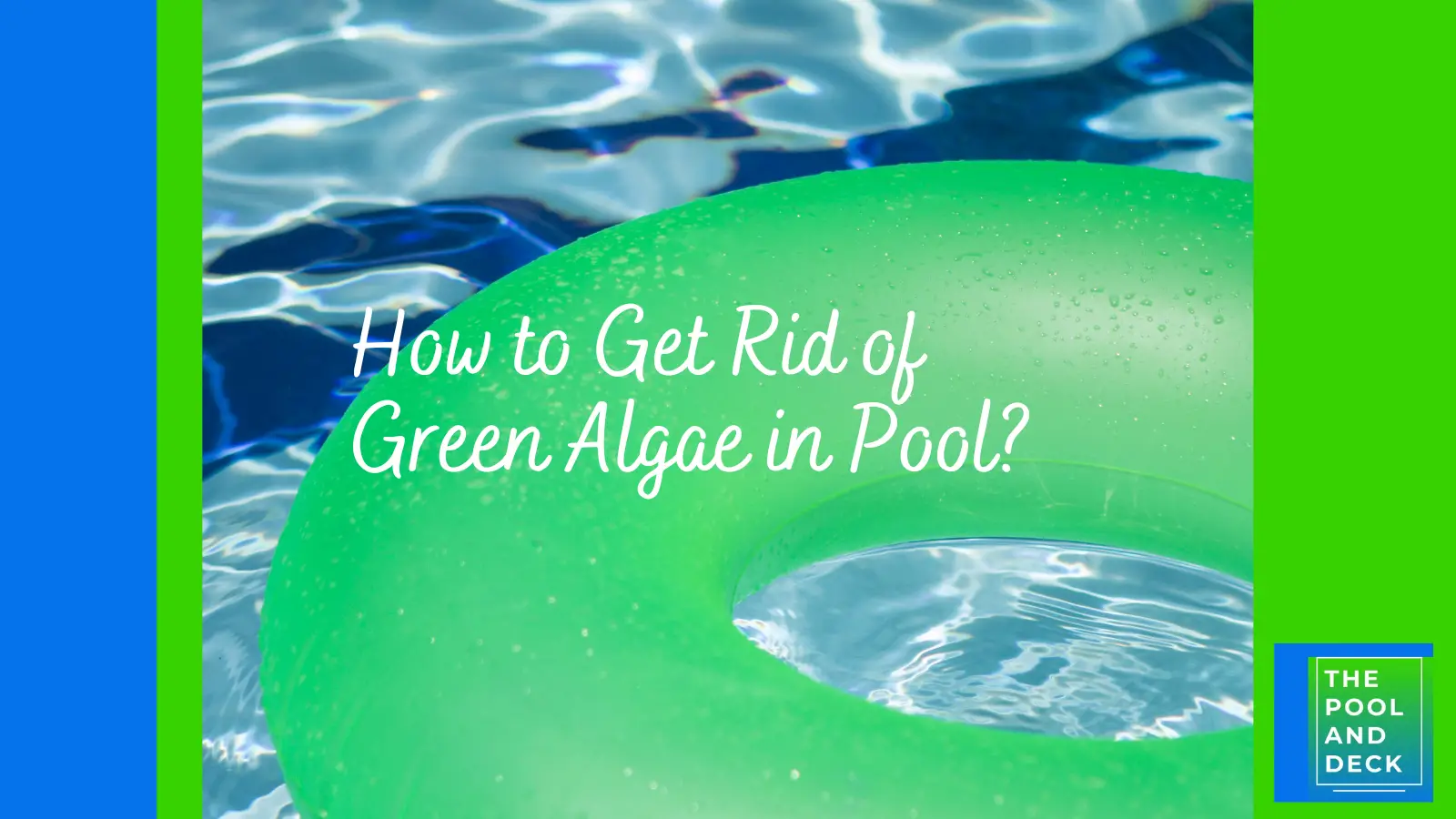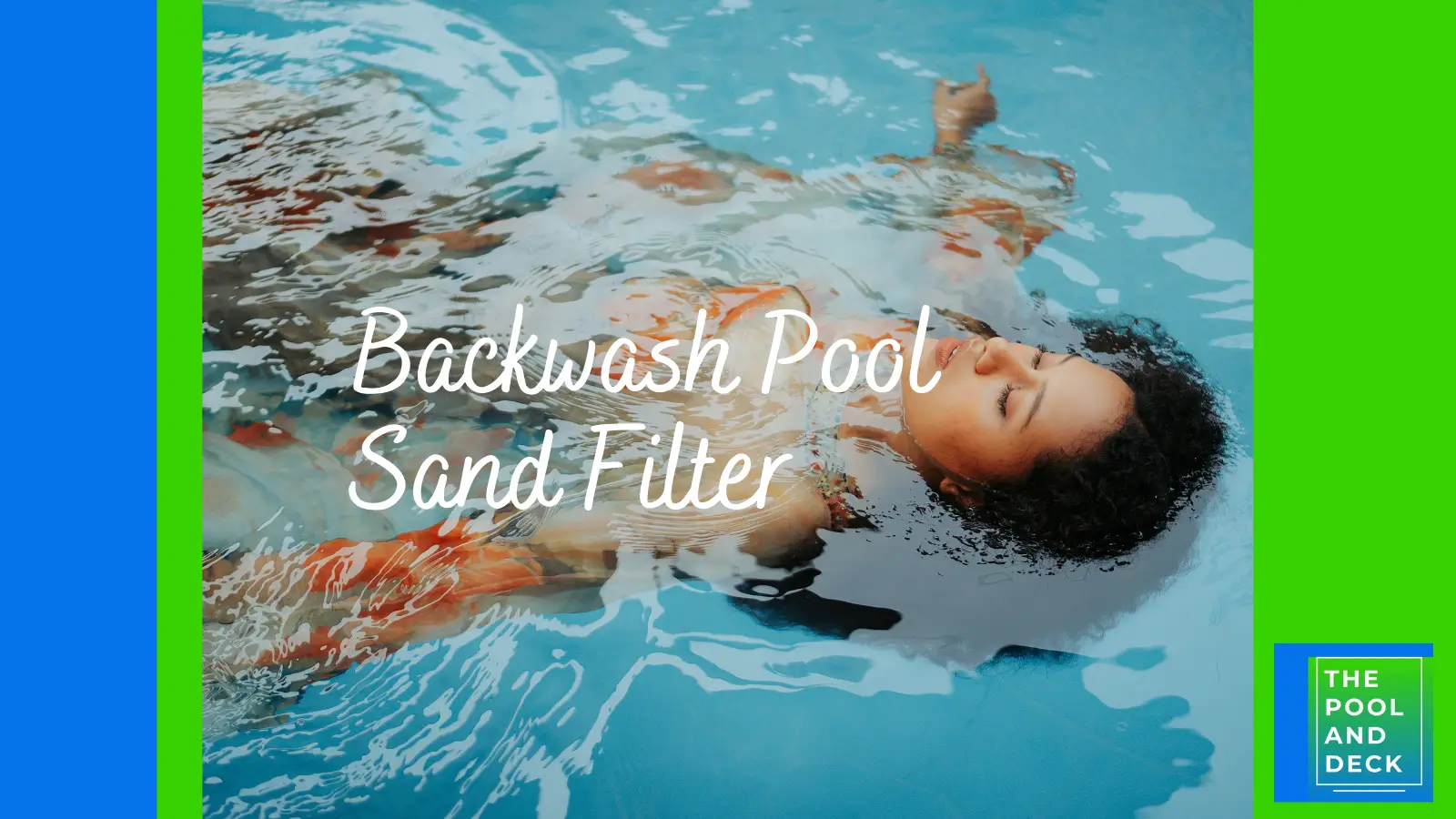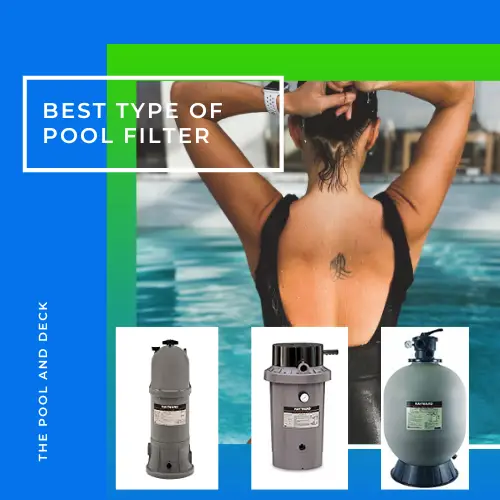pH and Alkalinity Low in Pool? (Effect, Cause & Best Solution!)
Table of Contents
What Does Low pH and Low Alkalinity Mean?
With both pH and alkalinity low in pool, the water may become acidic enough to cause uncomfortable levels of skin & eye irritation.
The acidity will corrode the metallic parts of pool equipment too! Moreover, low alkalinity makes stabilizing pH levels extremely difficult.
Congrats on your new pool! I am sure your backyard oasis will be just perfect for relaxation. But hang on, there’s stuff you need to know about pool chemistry. For example, you can not let pH and alkalinity get too low in your pool. Why? What does low pH and low alkalinity mean anyway?

What’s the Difference Between pH and Alkalinity?
To be fair, it is easy to get confused between pH and alkalinity. Even pool owners with many years experience may use the two terms interchangeably. Let me make the distinction between the two as clear as possible.
pH is a measure of the acidity or the alkalinity of the pool water. Total Alkalinity (TA) is a measure of the amount of alkaline particles dissolved in the water. The alkalinity of water is its ability to neutralize acids. Alkalinity therefore acts, and is known as a pH buffer!
A logarithmic scale from 0 to 14 is used to measure pH. Distilled water at a pH of 7 is considered neutral. Muriatic acid has-a pH of around 1.0, while soda ash has a pH of around 13.0.
Note that the scale is logarithmic. So water with a pH of 5 is not just a bit more acidic than water with a pH of 6. It is 10X more acidic!
Total Alkalinity (TA) is the quantity of alkaline particles in the water and is measured in parts per million (ppm). Total Alkalinity acts as a buffer, helping to stabilize pH levels and prevent rapid changes. TA is a measure of the ability of pool water to resist changes in pH.
Note that even the units and the type of scale used to measure pH & alkalinity are quite different!
Effect of Low pH and Alkalinity in Your Pool
It is not good to have the pH and alkalinity in your pool to drop below recommended levels. When they do, you will notice some or all of the following problems:
- Low pH means high acidity. The pH level of the human eye is 7.5. So when the pH drops below 7.2 your eyes will burn. Low pH will also make your skin very dry after a swim.
- Increased corrosion of metallic parts in the pool equipment. Ultimately the pool ladders, pumps, filters, etc. will not last as long as they should.
- Damage to non metallic parts. Plastic components such as vinyl liners, plumbing, pool covers, floats, etc get brittle. The result is a shorter working life.
- Total Alkalinity is a pH buffer. So when alkalinity levels drop, pH levels can fluctuate wildly. It becomes extremely difficult to keep the pH within recommended range.
- Free Chlorine (FC) is more effective at lower levels. This is not necessarily a good thing, beyond a point, as the consumption of chlorine and the cost of pool maintenance goes up.
What Causes pH and Alkalinity to Become Low in Pool Water?
Some of the common reasons for pH and alkalinity to become low in pool water are:
Heavy Rains: Rainwater is naturally acidic as it has a pH of 5.0 – 5.5. Actually the acidity of rainwater can be disturbingly high in industrial zones. Heavy rains can significantly lower pH levels of your pool.
Yard Debris: Yard debris such as grass clippings, dry leaves, mulch and dirt can easily get into a backyard pool. All these play a role in reducing pH levels of your pool. (They also increase the “chlorine demand”).
Chemical Imbalances: Overuse of certain pool chemicals, such as muriatic acid or even Trichlor will lower pH of the pool. Trichlor tablets have a pH of only 3 and Muriatic Acid has a pH of just 1.
What Should Be Adjusted First? pH or Alkalinity?
If the pH and alkalinity levels are both low in your pool, you must increase the alkalinity first. Remember alkalinity is a pH buffer. If alkalinity is not within the recommended range, you will not be able to get the pH up anyway.
The adjustment of alkalinity should be done gradually as any change in alkalinity will affect the pH level too. Adding too much of any chemical can cause imbalances and may result in cloudy water, algae growth or even equipment damage.
How Do You Increase Low pH and Alkalinity in a Pool?
Here is the step-by-step process for increasing low pH and alkalinity in a pool:
STEP 1: Test the Water
Test the pH and alkalinity levels of the pool water using test strips or a test kit. This will give you an idea of how low the pH and alkalinity are compared to recommended levels. A pH level of 7.4 to 7.6 and an alkalinity level of 80 to 120 ppm is optimal and should be your target.
Based on the test results you can calculate the quantity of the pool chemicals required for balancing your pool chemistry.
STEP 2: Adjust the Alkalinity
The most effective chemical to increase pool alkalinity is Baking Soda (Sodium Bicarbonate). A rule of thumb is that you must add 1.5 lbs to increase alkalinity by about 10 ppm per 10,000 gallons of pool water.
Baking Soda (Sodium Bicarbonate) comes in powder form. You can sprinkle it directly on the pool water surface. Walk along the pool perimeter as you sprinkle it in wide arcs.
Keep the pump running so that there is good circulation as you add the chemical. Good circulation is essential for proper dispersion.
You can use my Pool Baking Soda Calculator to determine the dosage for your pool.
It is best to add less than the calculated amount and test the alkalinity level of the water before adding more.
STEP 3: Wait and Test
Wait for at least 6 hours (preferably 24 hours) after adding the Baking Soda. Re-test the pH and alkalinity levels. Baking Soda will typically not only raise the alkalinity but also the pH.
If pH has gone above 7.2 and alkalinity is in the 100 – 120 ppm range, you will not need to take any more action.
STEP 4: Add pH Increaser
In case the alkalinity is within the recommended range but pH is still below 7.2, you need to add some pH Increaser (aka pH Up or pH Plus). The main ingredient of a pH Increaser is Soda Ash (Sodium Carbonate)
Add the pH Increaser according to the manufacturer’s instructions. Always start with a small amount and test the water again after a few hours.
Distribute the pH Increaser evenly throughout the pool water by pouring it slowly around the edges of the pool while running the pool pump on “recirculate” mode.
STEP 5: Wait and Test Again
After adding the pH Increaser, wait for a few hours and then re-test the pH and alkalinity levels. You may need to repeat Step 2 and Step 4 till you get both the pH and alkalinity levels right.
STEP 6: Monitor the Pool
Once you’ve achieved the desired pH and alkalinity levels, it’s important to monitor the pool regularly to make sure they stay within the recommended range.
You should test the water at least once a week and adjust the chemicals as needed. Maintain proper water balance by adjusting other chemicals such as chlorine, calcium and cyanuric acid.
You may also want to check out ph and Alkalinity High in Pool? (Effect, Cause & Best Solution!).
As an Amazon Associate, I earn from qualifying purchases.
Recommended Products:
Thank you very much for reading the post. I do hope you found it informative and helpful.

